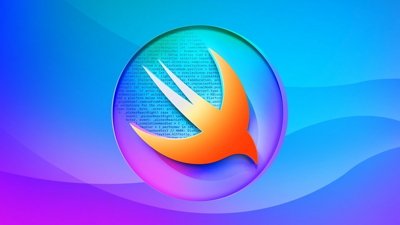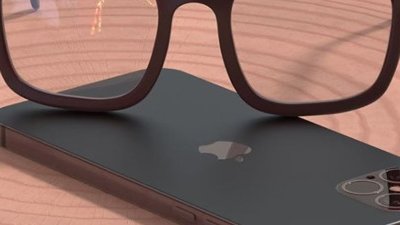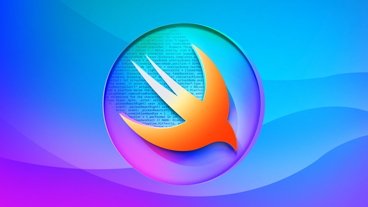Apple's next-generation mobile operating system comes with many visual tweaks, but the all-new, simplified app switcher is perhaps the most radical change to the user interface.
The release of iOS 9 marks the third consecutive redesign for the app switcher, which first appeared — Â in a much more limited fashion -Â in iOS 4. iOS 7 brought app screenshots to the party, while iOS 8 added a list of frequent contacts, pressing the app switcher into double duty.
iOS 9 does away with almost every interface paradigm established for the app switcher in the five years since its introduction. It's still accessed by double-clicking the home button, but nearly everything else has changed.
The familiar row of icons at the bottom of the display is gone. Now located at the top, the icons are smaller and the app names are larger.
App screens are no longer shown in their entirety. The "deck of cards" metaphor adapted from webOS has been taken more literally in iOS 9, and apps are now arranged in a manner more reminiscent of Apple's Cover Flow, minus the unobstructed central item.
Perhaps the biggest change is that the home screen is now on the right side, rather than the left. Millions of frequent app switchers will have to rid themselves of that muscle memory.
A couple of other things do remain from the days of old: you can still force-quit apps by swiping up, and a single click on the home button will jump directly back to where you were when you called the switcher. Overall, iOS 9's new app switcher is a welcome change that seems much more in line with iOS's overall architecture than its immediate predecessor did.
 Sam Oliver
Sam Oliver








 Charles Martin
Charles Martin
 Christine McKee
Christine McKee

 Malcolm Owen
Malcolm Owen
 Amber Neely
Amber Neely
 Andrew O'Hara
Andrew O'Hara
 Mike Wuerthele
Mike Wuerthele
 William Gallagher
William Gallagher





42 Comments
Looks Interesting, I think I may like it much better this way.
That does look good. I don't think I ever used the contacts on top so no loss there.
I wonder if the screen shots will be more up to date? Right now often times the screen shot you see on in app switch mode is not current.
I'm on the fence about this. I use both an iPhone and an iPad. The switcher works differently on each platform. I prefer the one on the iPad, as I can use four fingers to move back and forth between apps. I don't like the need to double click the home button to see the switcher on the phone though. With the larger phones, using four fingers is very easy, but does nothing. I'd like to see the four finger move on both devices. I'm also not sold on the overlapping screens, I don't see how that going to be better. You still need to swipe between them. And why move it from the bottom to the top? What does that accomplish? With the apps at the bottom, swiping an app away seems right when swiping up to an empty screen. But now, it seems as though we're going to be swiping into the the apps. For the first time, I'm in the beta program for iOS. When it comes in July (I hope), I'll try it on my iPad Air 2. I'm pretty hyped about split screen, and some other features, and I'll see if I prefer this or not. My iPhone is too critical to test on, so I'll wait.
[quote name="Rogifan" url="/t/186776/first-look-ios-9s-totally-redesigned-app-switcher#post_2736144"]I wonder if the screen shots will be more up to date? Right now often times the screen shot you see on in app switch mode is not current.[/quote] That's a developer-side thing, if I remember well.